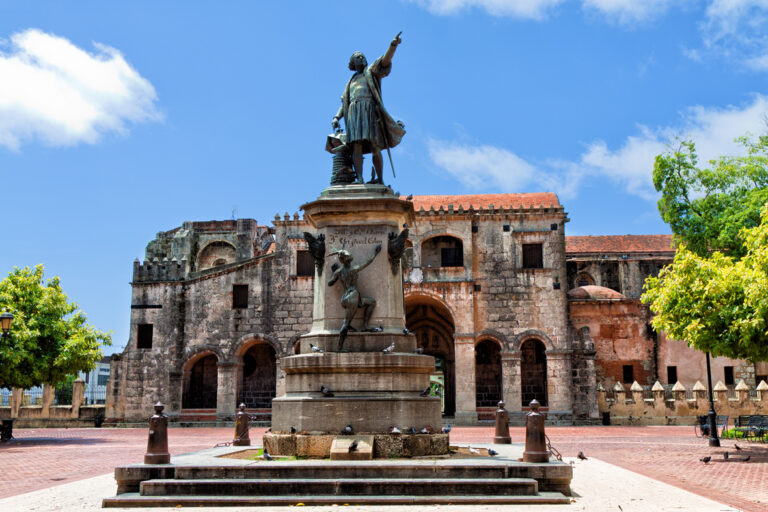The Caribbean, renowned for its idyllic beaches and vibrant culture, is also a treasure trove of historical landmarks and heritage sites that bear witness to centuries of captivating history, diverse cultures, and significant events. These sites, ranging from colonial forts to ancient indigenous settlements, stand as testaments to the region’s rich and complex past, offering visitors an immersive journey into the Caribbean’s historical tapestry.
Colonial Legacies: Forts and Historic Sites
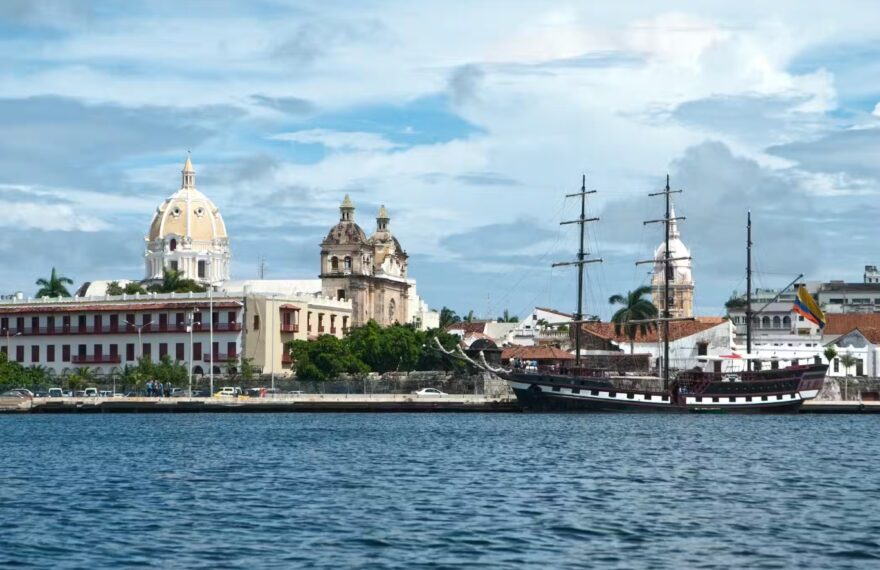
The Caribbean’s strategic location made it a focal point for European colonization and trade during the age of exploration. Consequently, the region is dotted with colonial-era forts, historic towns, and architectural remnants that reflect the legacies of European powers.
1. Brimstone Hill Fortress National Park, St. Kitts and Nevis
Brimstone Hill Fortress National Park, located in St. Kitts and Nevis, is a marvel that has stood the test of time and history. Designated as a UNESCO World Heritage Site, this fortress stands tall as a remarkable testament to colonial military architecture. Poised atop a volcanic hill, its formidable structure, constructed in the 17th century, commands attention and offers a breathtaking panorama of the surrounding landscapes. This fortress serves not only as a relic of the past but also as a window into the region’s rich history of colonial conflicts and the integral role sugar production played in shaping the Caribbean. The imposing edifice invites visitors to step into the bygone era, where its sturdy walls echo tales of resilience, strategic prowess, and the relentless struggles of the past. As one explores this historical gem, the fortress unfurls a narrative that intertwines military ingenuity with the intricate tapestry of St. Kitts and Nevis’ history, painting a vivid picture of a time when this stronghold was a pivotal bastion in the Caribbean’s complex colonial landscape.
2. Castillo San Felipe del Morro, Puerto Rico
Nestled within the heart of Old San Juan, the 16th-century fortress, commonly referred to as El Morro, stands as a formidable guardian that shielded the city from the relentless tides of maritime invasions. Its enduring presence, with iconic architecture steeped in history, stands as a sentinel, echoing the valor and resilience of Puerto Rico through centuries of tumultuous times. This monumental structure, etched into the sprawling grounds, encapsulates the essence of Puerto Rico’s storied past – a narrative interwoven with tales of colonial conquests, struggles for independence, and the indomitable spirit of its people. From its strategic vantage point overlooking the azure Caribbean Sea, El Morro stands as a silent witness, bearing testament to the island’s pivotal role in the region’s colonial history. As visitors traverse its storied ramparts and traverse its historic walls, they embark on a captivating journey back in time, where the fortress serves as a tangible link to Puerto Rico’s enduring legacy and significance in the annals of the Caribbean’s complex past.
3. Historic Bridgetown and its Garrison, Barbados
Designated a UNESCO World Heritage Site, the Garrison in Barbados is a well-preserved 18th-century British colonial military complex. The site provides a glimpse into the island’s colonial history and its pivotal role in trade and defense.
Indigenous Heritage: Ancient Sites and Artifacts
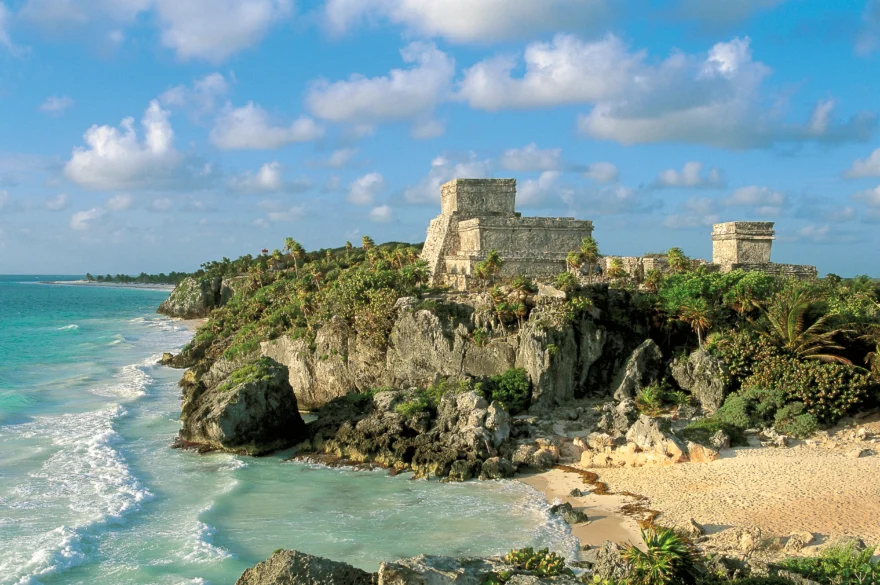
Before European colonization, the Caribbean was inhabited by indigenous peoples who left behind traces of their ancient civilizations. Though many of these sites have been reclaimed by nature, some archaeological remnants provide insights into pre-Columbian Caribbean societies.
1. Taino Petroglyphs, Dominican Republic
In the Dominican Republic’s caves and rocky landscapes, visitors can discover ancient Taino petroglyphs—rock engravings depicting the artistic expressions and symbolism of the indigenous Taino people.
2. Caguana Indigenous Ceremonial Park, Puerto Rico
This archaeological site preserves ceremonial ball courts and petroglyphs, offering a glimpse into the culture and rituals of the pre-Columbian Taíno people who once inhabited the region.
Cultural Icons: Historic Towns and Museums
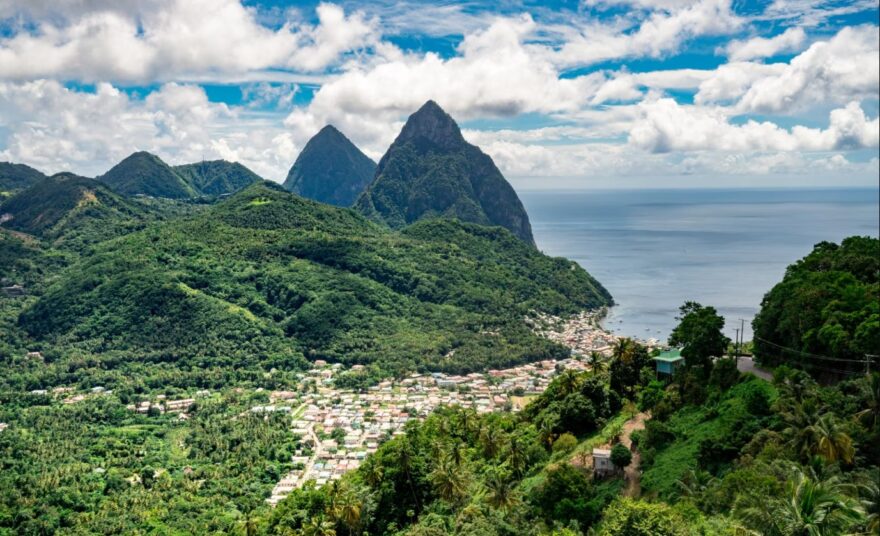
In addition to specific landmarks, several Caribbean towns and museums serve as custodians of the region’s history, showcasing artifacts, art, and narratives that narrate the Caribbean’s diverse heritage.
1. Willemstad, Curaçao
The historic district of Willemstad, a UNESCO World Heritage Site, boasts colorful Dutch colonial architecture, preserving the island’s heritage. Its cobblestone streets, museums, and markets are a testament to its colonial past and cultural diversity.
2. The Bob Marley Museum, Jamaica
Located in Kingston, the museum offers insights into the life and legacy of reggae legend Bob Marley. It showcases memorabilia, music, and the story of Jamaica’s music scene, a significant aspect of Caribbean cultural heritage.
Conclusion: A Tapestry of History and Culture
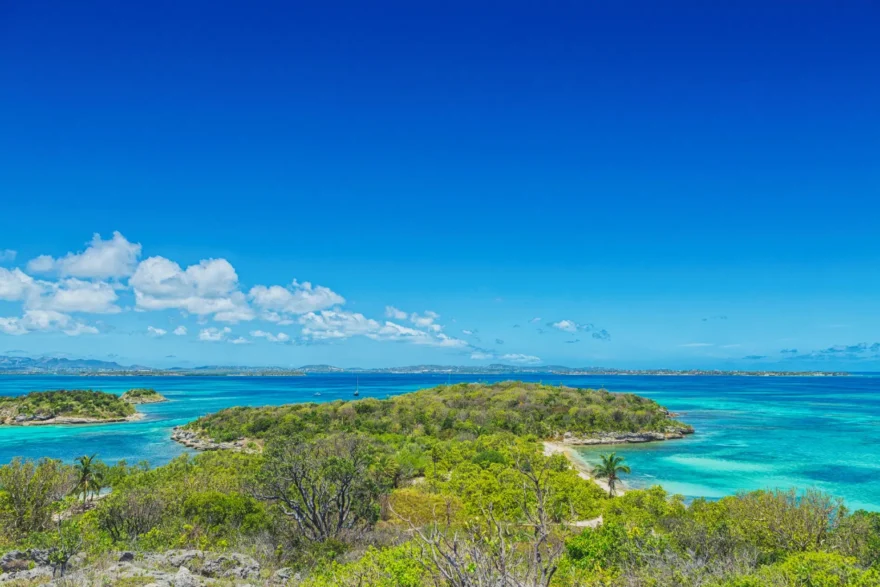
The historical landmarks and heritage sites of the Caribbean encapsulate a diverse and storied past that spans indigenous civilizations, colonial struggles, and cultural evolution. Each site, whether a fortress overlooking the sea or an ancient petroglyph, adds to the rich tapestry of the Caribbean’s history, offering visitors an opportunity to delve into the region’s past, appreciate its cultural diversity, and gain a deeper understanding of its enduring legacy. These landmarks serve as invaluable treasures, preserving the spirit of the Caribbean’s heritage for generations to come.
In the context of discussing the historical heritage sites of the Caribbean, it’s relevant to note the Citizenship by Investment (CBI) program offered by Antigua and Barbuda, which contributes to the preservation and development of historical landmarks and cultural heritage across the islands.
Antigua and Barbuda’s CBI program provides eligible individuals and their families the opportunity to obtain citizenship by making a qualifying investment in the country. According to Imperial & Legal, investors can contribute to Antigua and Barbuda’s economic growth while gaining access to various benefits, including visa-free travel to numerous countries worldwide.
The revenues generated from Antigua and Barbuda’s CBI program have supported initiatives aimed at preserving and enhancing the historical heritage sites of the islands. Investments garnered through the CBI program have been channeled into infrastructure projects, cultural preservation efforts, and the conservation of historical landmarks.
Antigua and Barbuda, with its rich history and cultural diversity, hosts several historical sites and cultural landmarks that reflect the islands’ past. For instance, Nelson’s Dockyard, a UNESCO World Heritage Site, located in English Harbour, Antigua, is a well-preserved naval dockyard that stands as a reminder of the islands’ colonial history and maritime heritage. Investments facilitated by the CBI program might indirectly contribute to the maintenance, restoration, and promotion of such significant landmarks, ensuring their preservation for future generations and enabling visitors to explore and appreciate the islands’ historical legacy.
Therefore, Antigua and Barbuda’s Citizenship by Investment program not only serves as a pathway to citizenship but also plays a role in sustaining and promoting the historical heritage of the islands, including the preservation of iconic landmarks that narrate the islands’ captivating history and cultural evolution.
Related Posts:
- 20 Best Gaming Headset Under 50$ 2024 - for PC, PS4,…
- 15 Best Dog Food For Allergies 2024 - Adult, Puppy…
- 12 Best Car Wax For Black Cars 2024 - Protection and…
- Top 16 Best Office Chair Covers 2024 - Chair…
- Top 10 Best Outdoor Basketball Shoes 2024 - Durable…
- 10 Best Climbing Harness of all Time 2024 - Opinion…

